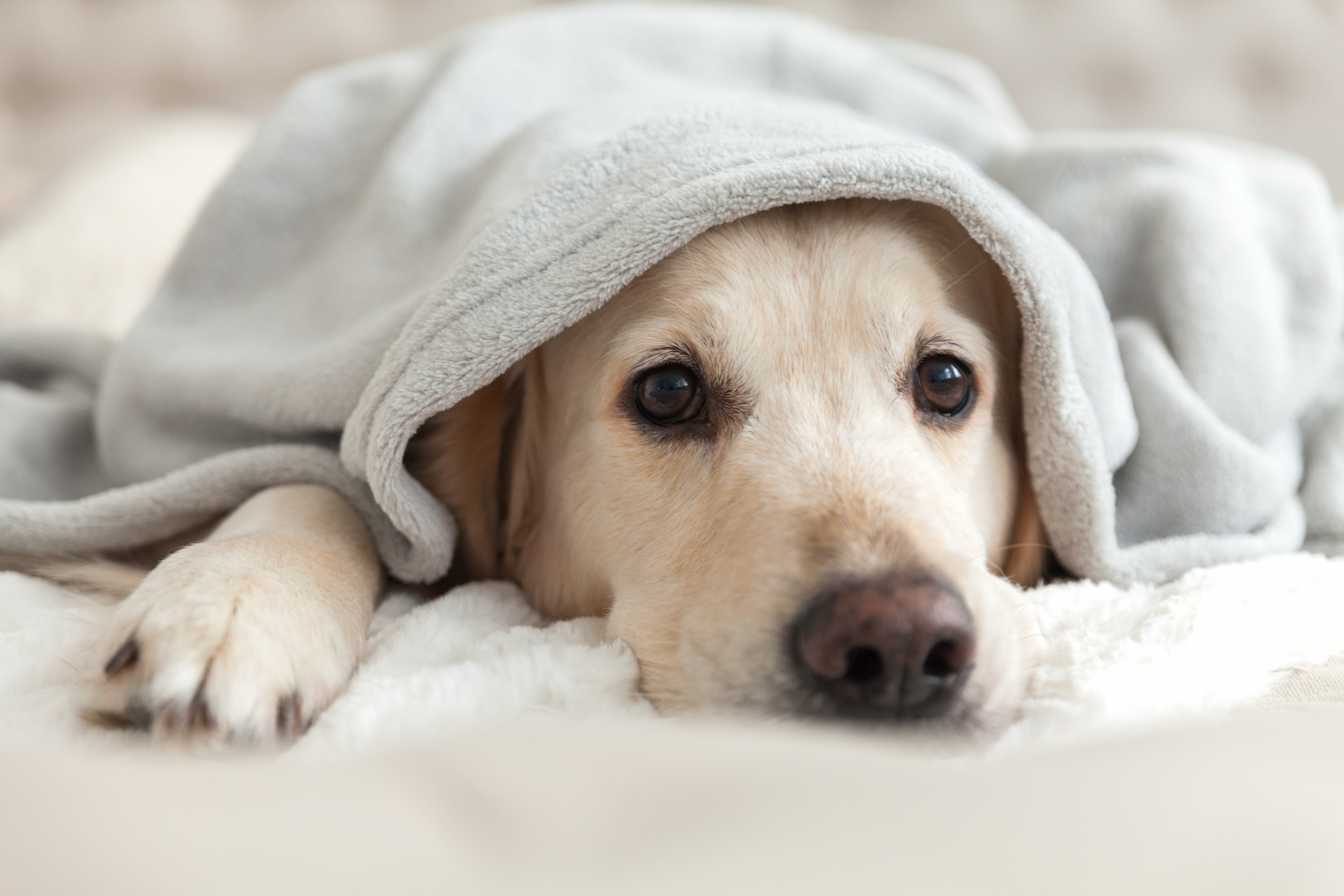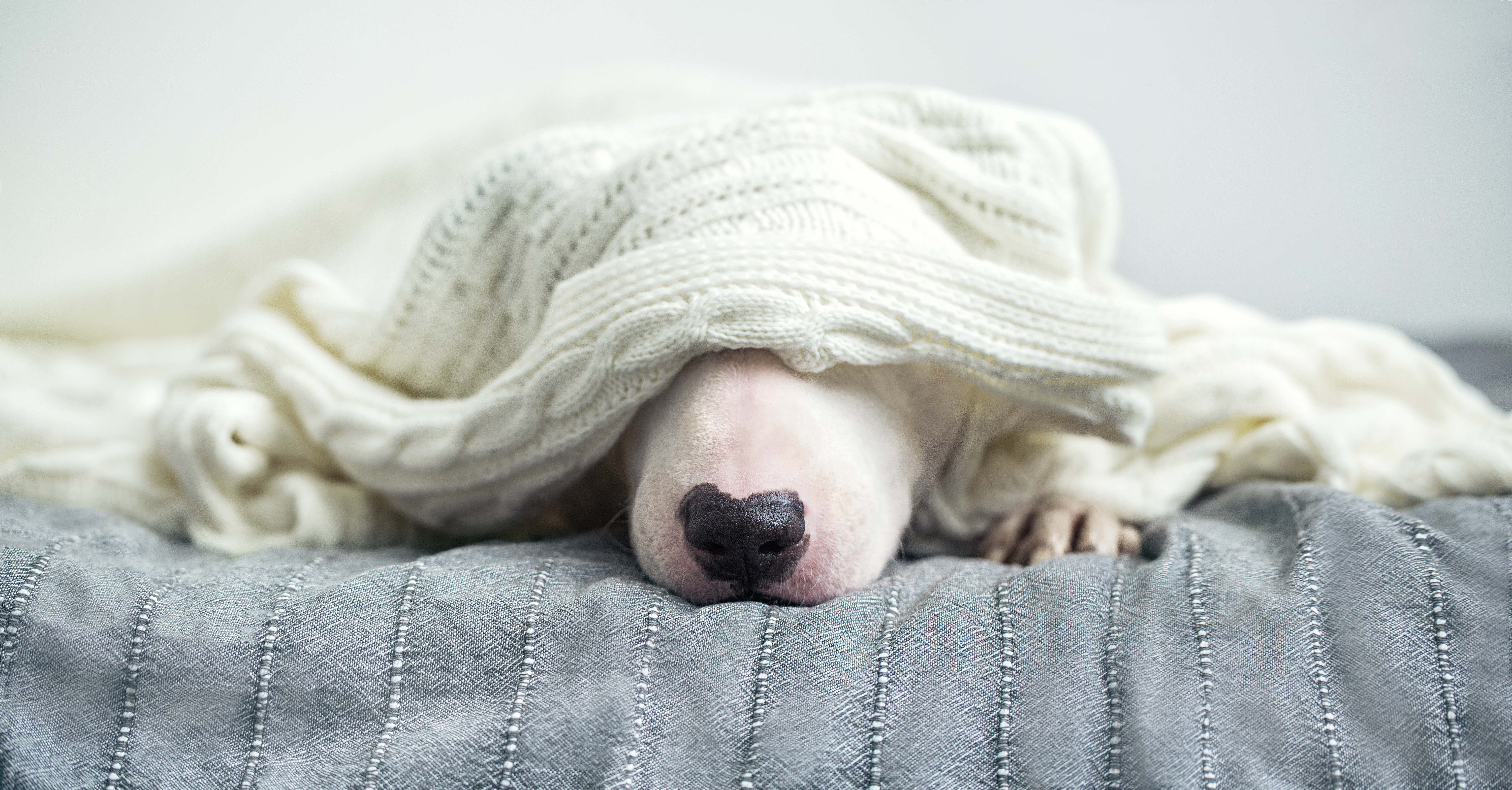
How Winter Weather Can Change Your Dog's Behavior
When the days get shorter, the sun is covered by clouds and the warmth of summer fades into chilly temperatures and harsh winds, a lot of changes can take place for both humans and pets. Many pet parents discover that their pups are less motivated, less excitable and more tired than usual.
Dogs may respond differently to winter weather because of social and physiological changes. If your dog’s behavior begins to change this winter, here are some potential reasons why.
Winter can bring about a lot of changes
Although humans can experience a range of mood and energy-related changes during winter, we don’t always expect our pets to go through similar things. However, it is quite common for dogs to display different behavior in the colder months.
Generally, dogs may sleep more, may be less willing to play or be active, may have appetite changes and may even become more aggressive or irritable. There are a few potential reasons for these changes.
Seasonal Affective Disorder
Pet owners may be familiar with the concept of Seasonal Effective Disorder (SAD), or seasonal depression, for humans, but did you know that pets may experience this disorder, too? Now, preliminary research suggests that SAD might affect our pets in many of the same ways as it can affect us. Although our dogs can’t describe how they are feeling to us with words, they can show us with their actions, which commonly include lethargy, decreased activity and seeming “down” or sad.

Experts are not sure exactly what causes SAD in pets, but they believe it may be related to sun-regulated chemicals like melatonin and serotonin. Melatonin, which is produced by the pineal gland in the absence of light, may be over-produced during the darker winter months, causing drowsiness and lethargy. Serotonin, a neurotransmitter commonly referred to as the “feel good chemical,” needs light to be produced. Its absence can affect appetite, mood and sleepiness.
Breed-specific changes
In addition to things like SAD, owners of some pets may notice that their dogs are much more or much less active during the wintertime. Breeds suited to cold weather, such as Siberian Huskies and Samoyeds, are more likely to become more active and playful.
However, breeds like Greyhounds, toy breeds and other dogs with very thin coats may not be interested in going outside or playing because they are much more sensitive to the cold. If your dog is feeling chilly, they’re more likely to want to curl up in a warm spot and stay there all day long. Cold can even cause your dog to experience anxiety.
In the latter case, you may want to get your pup a winter jacket or sweater and booties to make going outside more comfortable and encourage them to get their normal exercise in spite of the cold.
Boredom
Dogs may also become bored and start to act destructively in winter. When this happens, it’s usually related to a lack of stimulation and exercise. If you aren’t a fan of the cold yourself and tend to stay inside more than you do in the summer, your pup may act out in an attempt to entertain himself.
These behavioral changes may be the opposite of those caused by SAD or cold-related anxiety. Every dog is different, so it’s important to pay attention to any deviations from your furry friend’s norm to uncover the cause of the changes and find a remedy that works for them.
Alleviating winter-related behavior problems
If your dog is acting like they have the case of the bad winter blues—or they are becoming destructive and moody as a result of boredom—there may be some things you can do to help them through it.

- Exercise: Exercise is just as important for your dog in winter as it is in the summer. Even if you’re not a fan of the cold, you should make time to take your dog outside for walks and playtime. Rethink your walk schedule in order to maximize your dog’s sun exposure and consider buying your dog a sweater and boots if they are cold.
- Lighting: Improving interior lighting may help counteract the effects of SAD in dogs. Some companies make special lightbulbs that mimic sunlight, which could be a useful addition to your entire home. Otherwise, move your dog’s bed closer to a window, skylight or door to allow them to take in as much sunlight as possible, especially in the early morning hours.
- Nutrition: Your dog’s body needs a healthy dose of nutrients to regulate brain chemistry and health. If your dog’s appetite has dipped because of the seasonal changes, you may want to include a general nutritional supplement or a specialized one like omega-3 fatty acids to help them get all the nutrients they need to stay healthy and feel great all winter. However—be wary of overfeeding your pup!
- TLC: Dogs experiencing both SAD side effects and boredom might just need a little extra attention and care to help them through their winter blues. During the busy holiday season, make sure you’re taking time to have one-on-one playtime with your pup and provide them with the stimulation they need.
If you notice your dog is experiencing winter-related behavioral changes, pay close attention to them to ensure there are no health-related changes, as well. Hopefully, with a little extra sunlight and TLC, your pup will perk up for the rest of the season!


